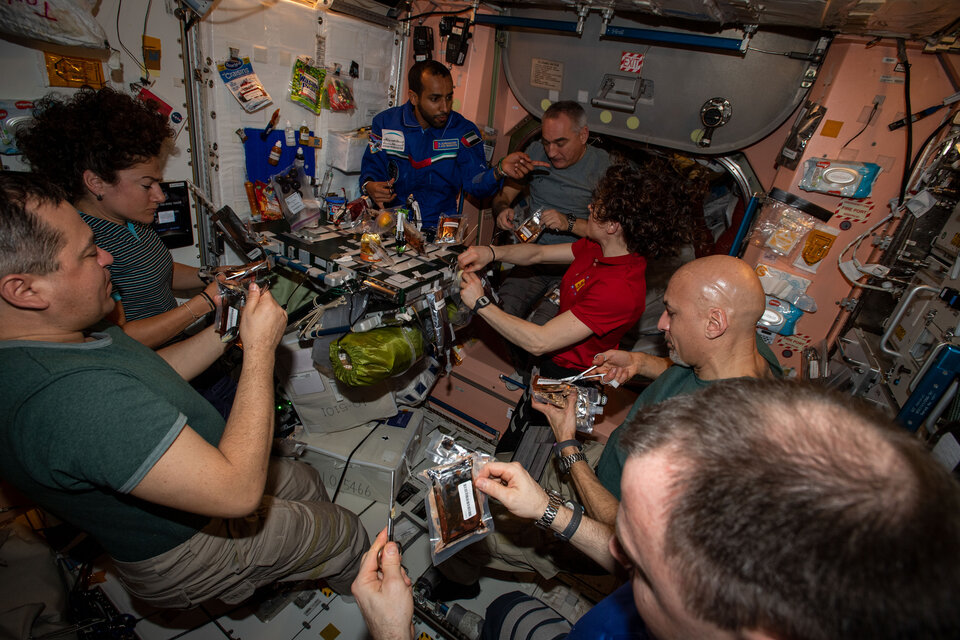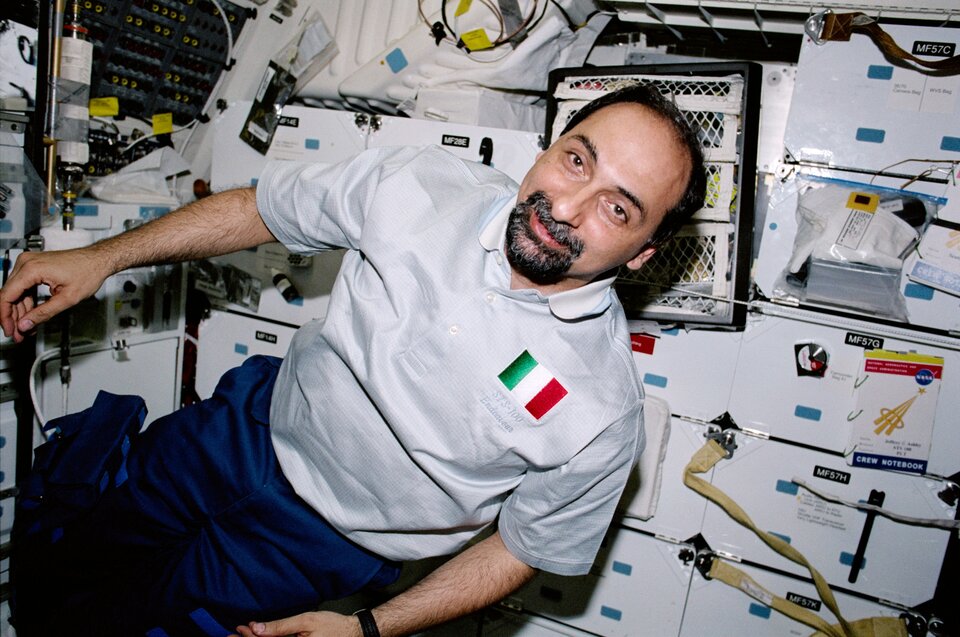22.04.2021
On 23 April 2001, ESA astronaut Umberto Guidoni first set foot, or hand, on the International Space Station, making him the first European to visit and work the orbiting outpost. Since then, the Space Station has grown immensely, as have the number of Europeans to have worked in it, together with the science experiments performed in orbit.
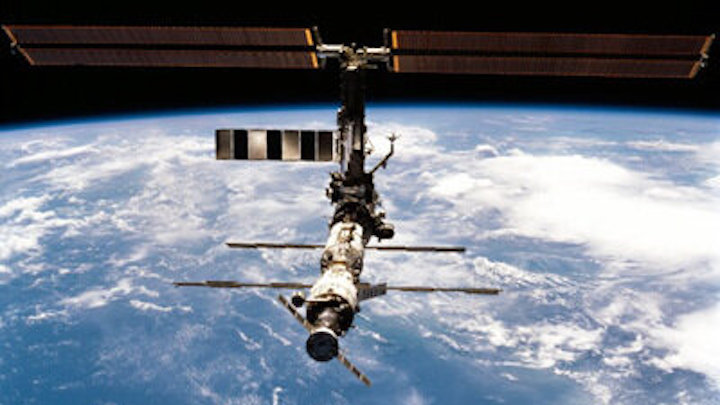
International Space Station in 2001
When Umberto arrived, he flew on the Space Shuttle and docked with a Space Station that consisted of just three modules: Unity, Zarya and Zvezda. Since then, 18 European astronauts of nine different nationalities have followed in his foot or hand steps. The next ESA astronaut to fly to the International Space Station, Thomas Pesquet will catch a ride on the SpaceX Dragon and return to this place in space that has grown by three laboratory modules, an airlock, two connecting nodes and an observatory and is now the size of a football field.
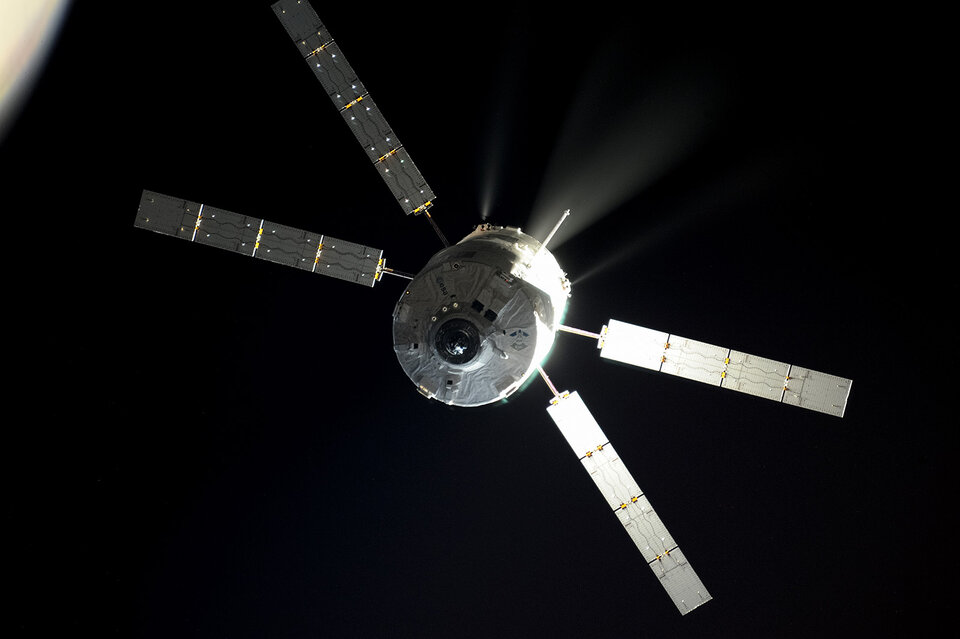
Europe contributes around 8% of the running costs of the International Space Station, but has built a large part of the structure, including ESA’s Columbus laboratory, the Cupola observatory, the Tranquillity and Harmony modules, as well as the computers that collect data and provide navigation, communications and operations for the Russian segment.
ESA also provided the Space Station with supplies and boosted its orbit through five Automated Transfer Vehicles, the heaviest and most versatile Space Station supply ferry. This programme evolved into the European Service Modules that ESA is supplying for NASA’s Artemis programme, taking humans forward to the Moon and thus continuing the exemplary international collaboration beyond Earth’s orbit.
Developing a Low Earth Orbit economy
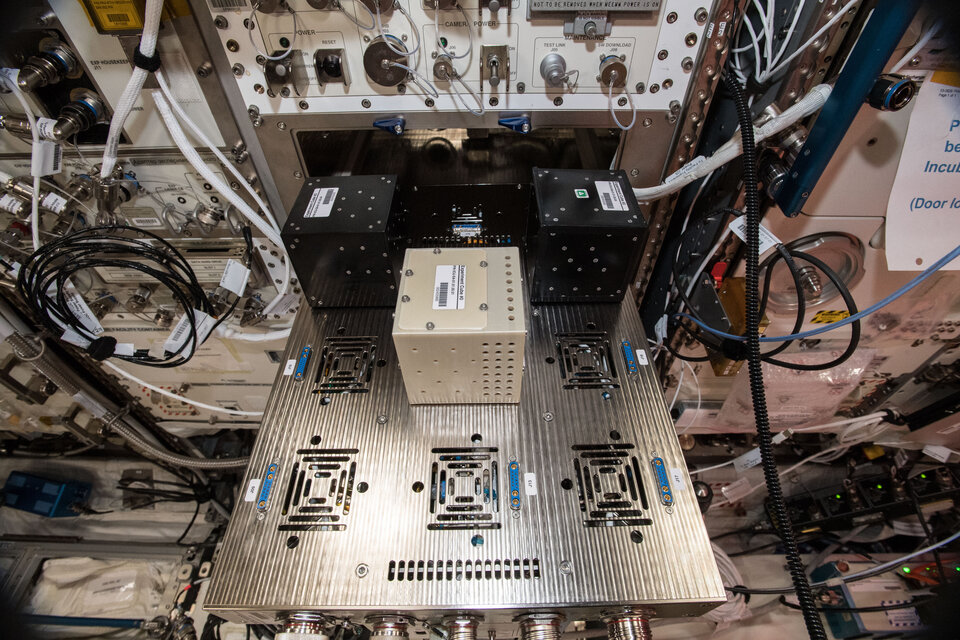
The Space Station’s success has seen it evolve over time and the future will see humankind’s orbital laboratory continuing to change. “We are seeing space agencies including ESA shift towards acquiring services from industrial providers. People and companies will pay for these services such as transportation, crew time and access to science facilities” says ESA’s first commander of the International Space Station and now head of the European Astronaut Centre as well as ESA’s International Space Station programme manager, Frank de Winne.
Three European commercial services are already open for business, offering quick and easy access to run experiments and even artwork in or outside the Space Station.
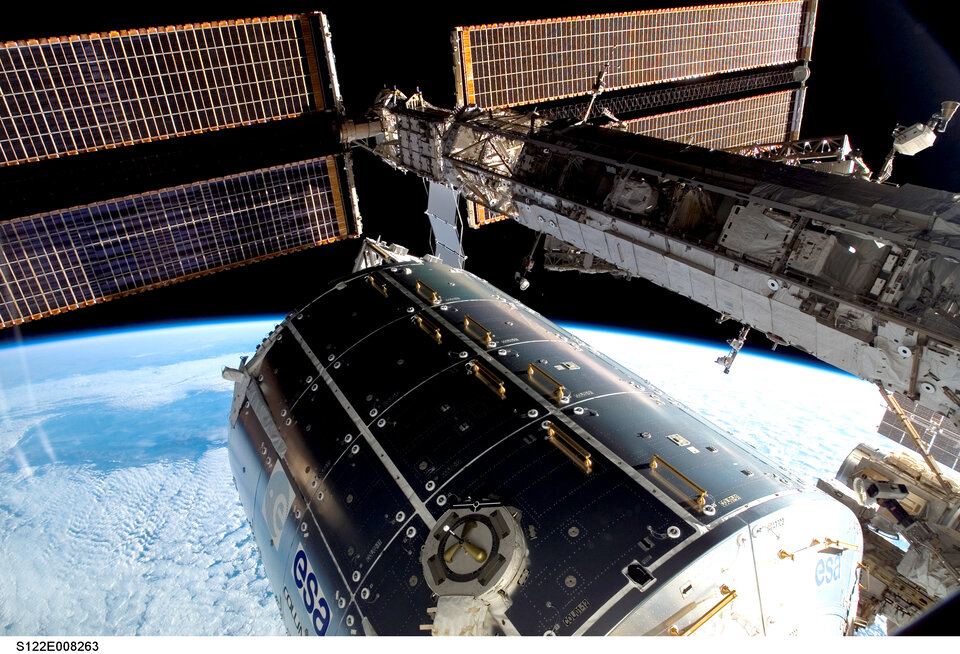
“We have seen this shift, starting with the cargo vehicles and now the commercial crew vehicles that will fly the next three ESA astronauts to the Space Station,” continues Frank, “and we can expect more with individuals booking seats and coming to us for spaceflight training, for example. ESA will direct them to our service training providers, establishing a low Earth orbit economy.”
ESA is celebrating two decades of European presence on the International Space Station in the run-up to 23 April, with tweets every day on @esaspaceflight. We will be sharing highlights of European science and a reissue of the Columbus cartoon featuring the European space laboratory. New episodes of podcasts will highlight the work done for space on Earth and videos will showcase Europe’s involvement in the largest international collaboration ever to have taken place off Earth.
